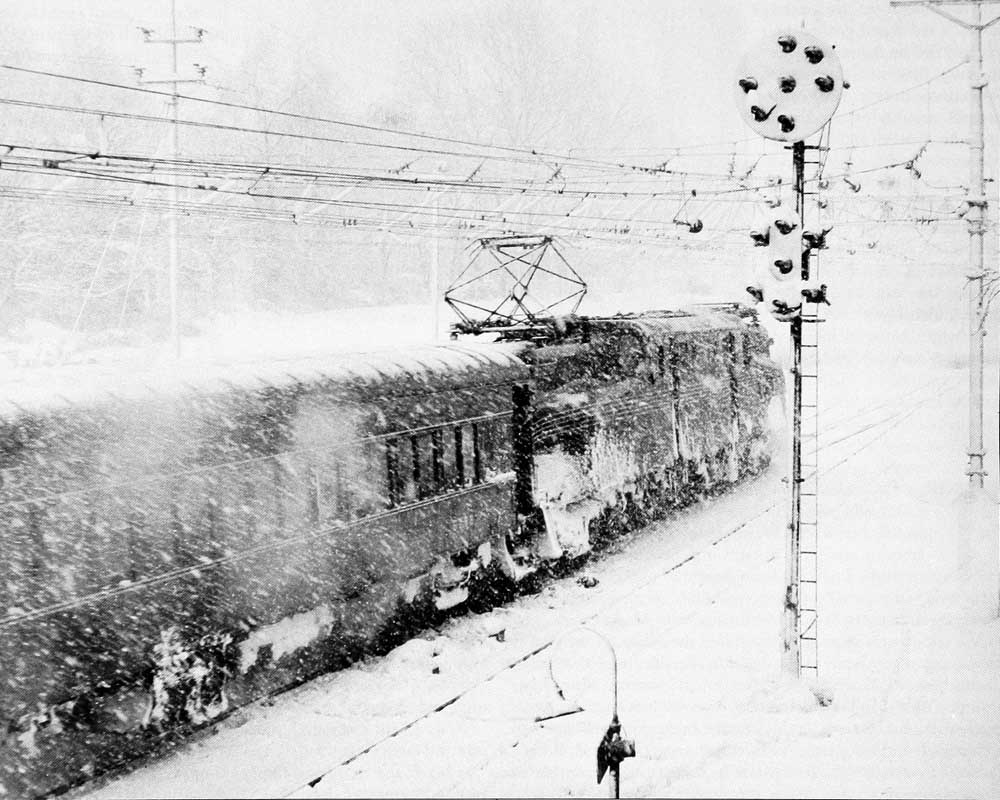
I became a railfan at age three, near the end of World War II. Awaiting the return of my naval officer father, I sat in our West Philadelphia kitchen window facing one of the busiest divisions of the Pennsylvania Railroad — the four-track electrified main line to Harrisburg. The parade of wartime tonnage, plus express […]
Read More…
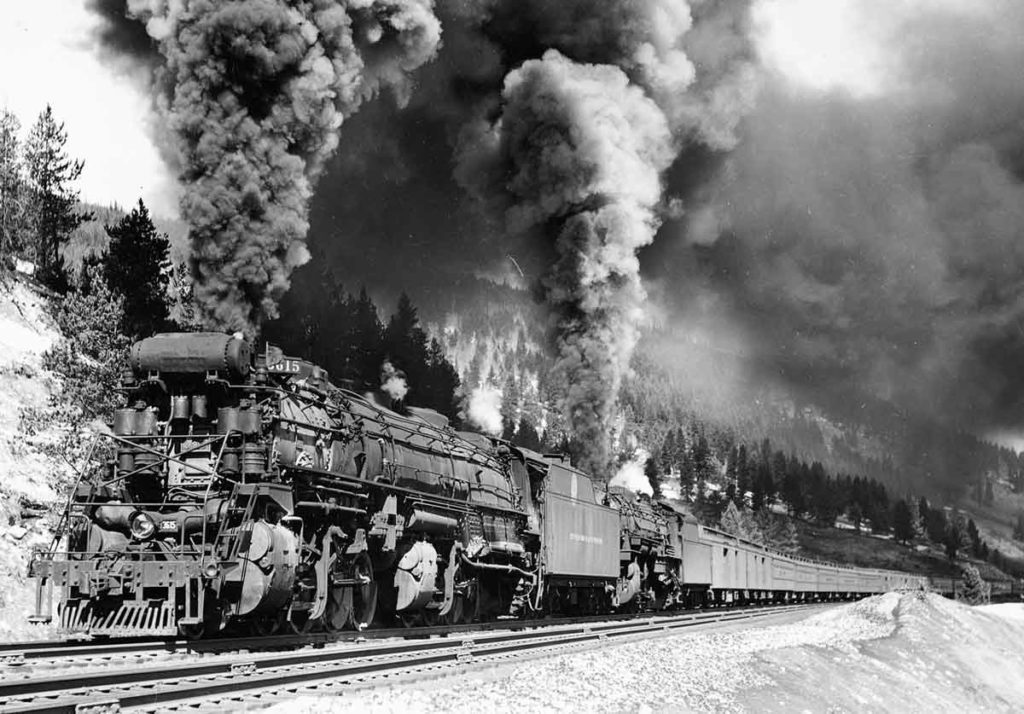
A 2-8-8-2 assists a 4-8-2 on a special Denver & Rio Grande Western train carrying Civilian Conservation Corps workers climbing Tennessee Pass near Mitchell, Colo., in March 1940. R. H. Kindig photo […]
Read More…
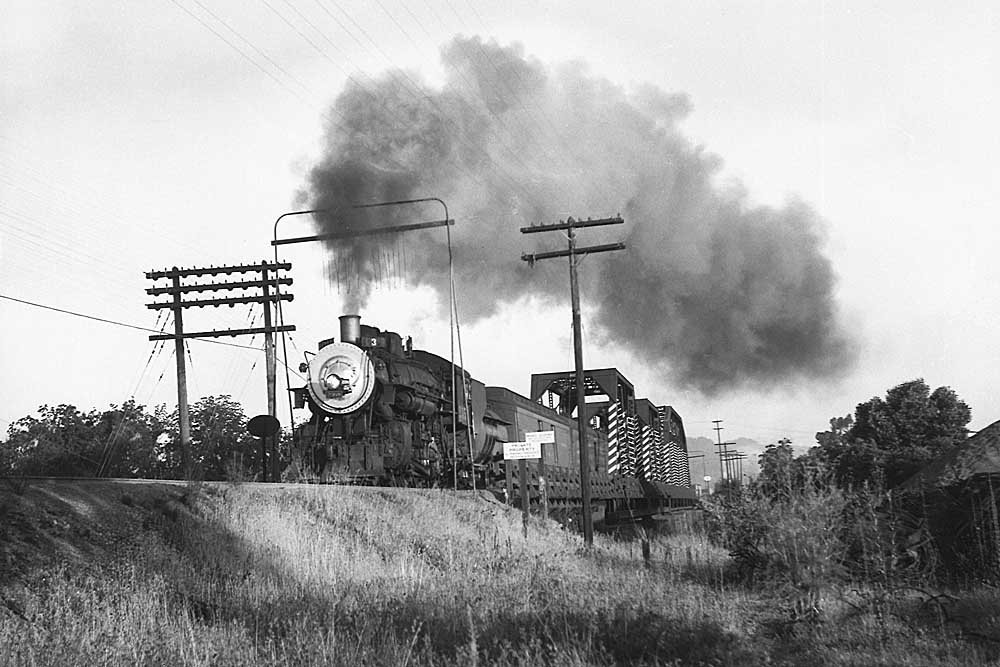
More than a few times, photographs in the Kalmbach library have sent me searching for railroads and places I’ve never encountered, and a few weeks ago some 8 x 10 prints lined up perfectly with travel plans. The destination: Mendocino, Calif., the charming old lumber town up the coast 155 miles from San Francisco. My […]
Read More…
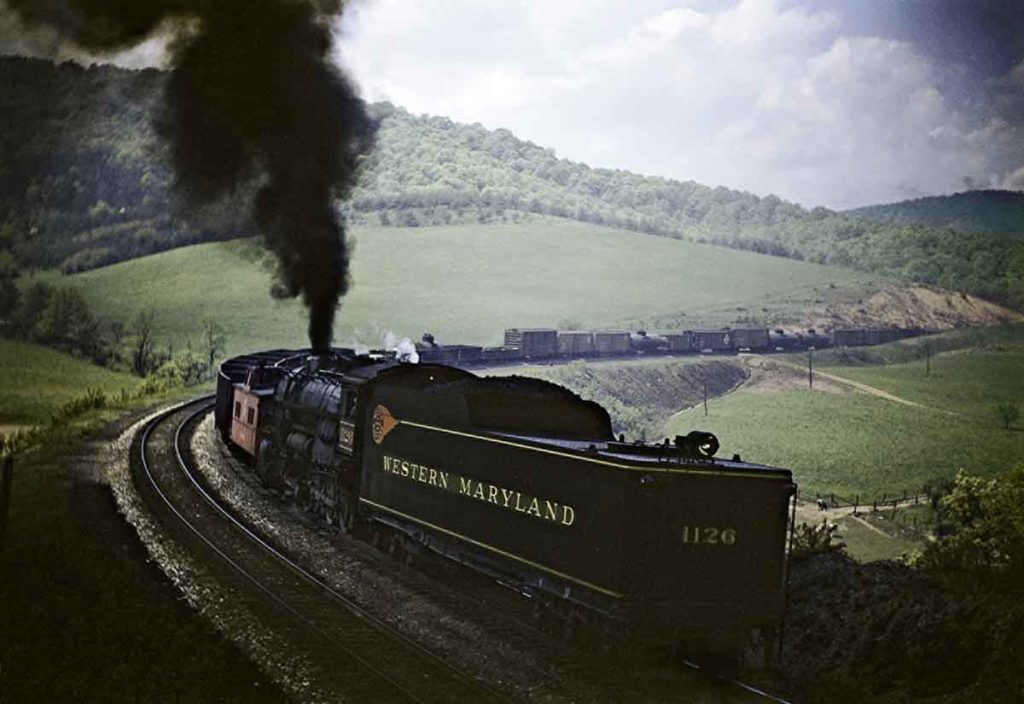
Engine 1126, one of Western Maryland’s colossal class I-2 Decapods, assists a train upgrade at Helmstetter’s Curve west of Cumberland, Md., in May 1952. Ed Theisinger photo […]
Read More…
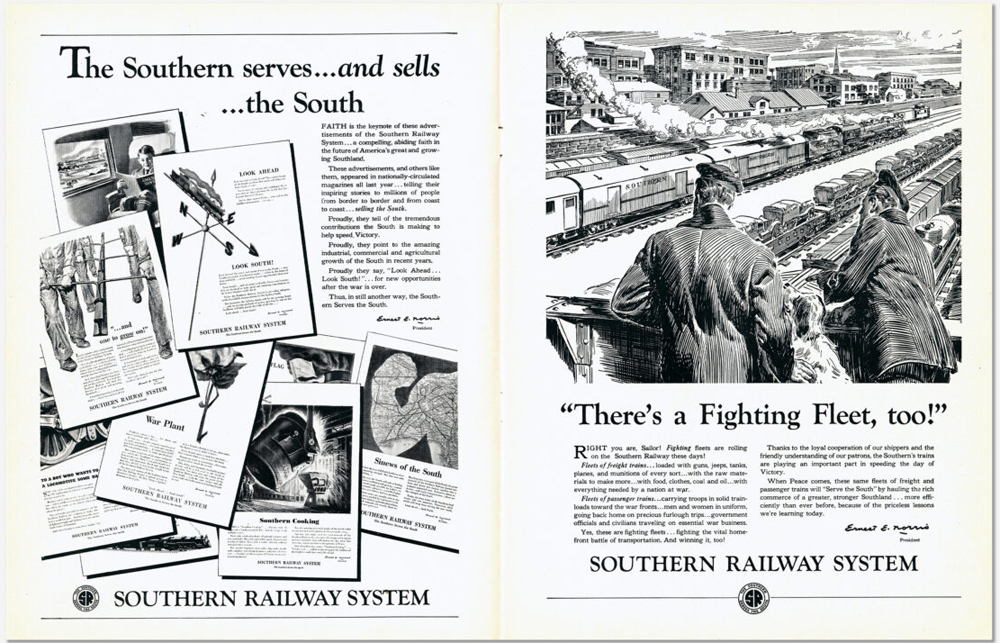
ATLANTA — The archives of the Southern Railway are now open to the public by appointment, the Atlanta History Center has announced, and a collection of more than 11,000 photos from the images are beginning to be made available online. The archives were donated by Norfolk Southern Railway in 2021 [see “Norfolk Southern to donate […]
Read More…
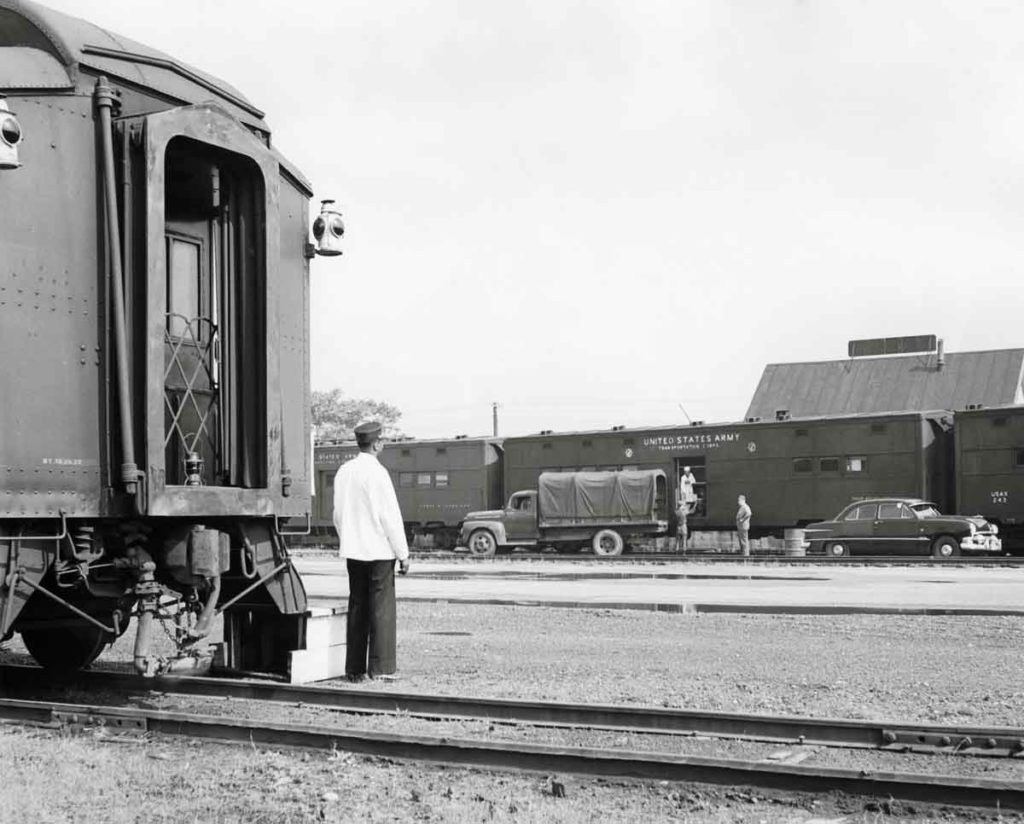
At Fort George G. Meade, Md., the porter assigned to the rear Pullman of a troop train watches as supplies are loaded aboard the kitchen car of another train. It’s May 1953 — two months before the end of the Korean War. Philip R. Hastings photo […]
Read More…
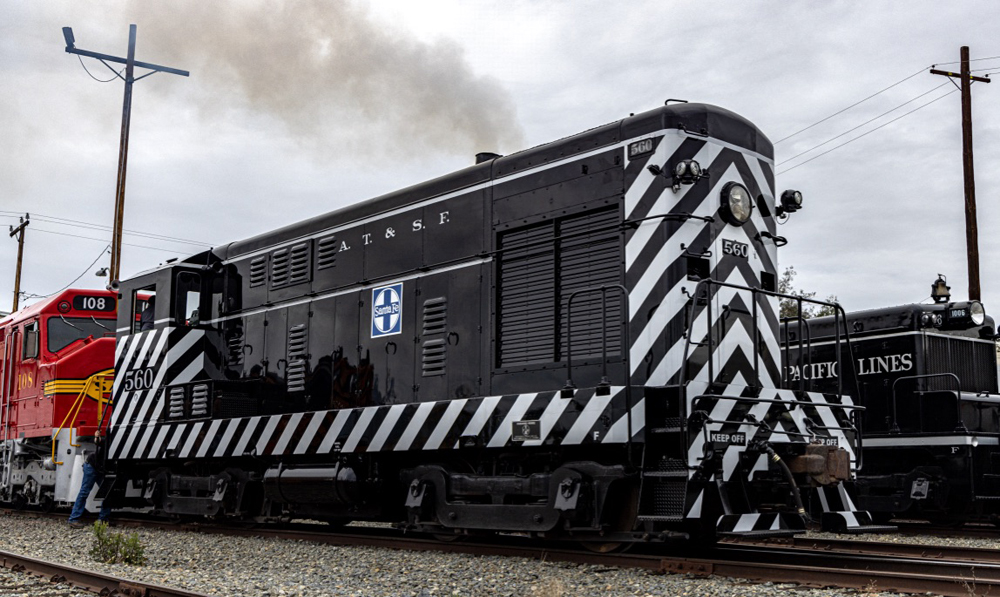
PERRIS, Calif. – After sitting dormant for more than 30 years, a rare Fairbanks Morse H12-44 switcher made its public debut on Saturday, Jan. 20, following a multi-year restoration at the Southern California Railway Museum. Built in 1956, ATSF No. 560 was part of an order of six H12-44s built for the Santa Fe. They […]
Read More…
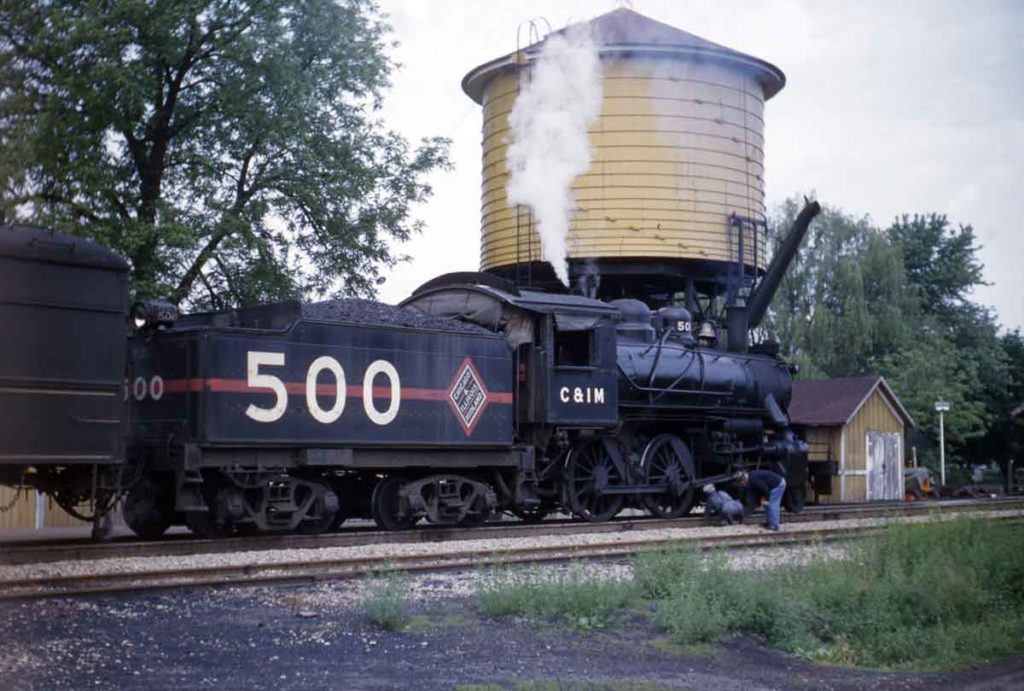
In May 1952, Chicago & Illinois Midland 4-4-0 500 simmers at Oakford, Ill., as crewmen investigate a problem with one of the engine truck’s journal boxes. The problem was soon remedied, and the American type resumed its run with Springfield–Peoria train 6. Ed Theisinger photo […]
Read More…
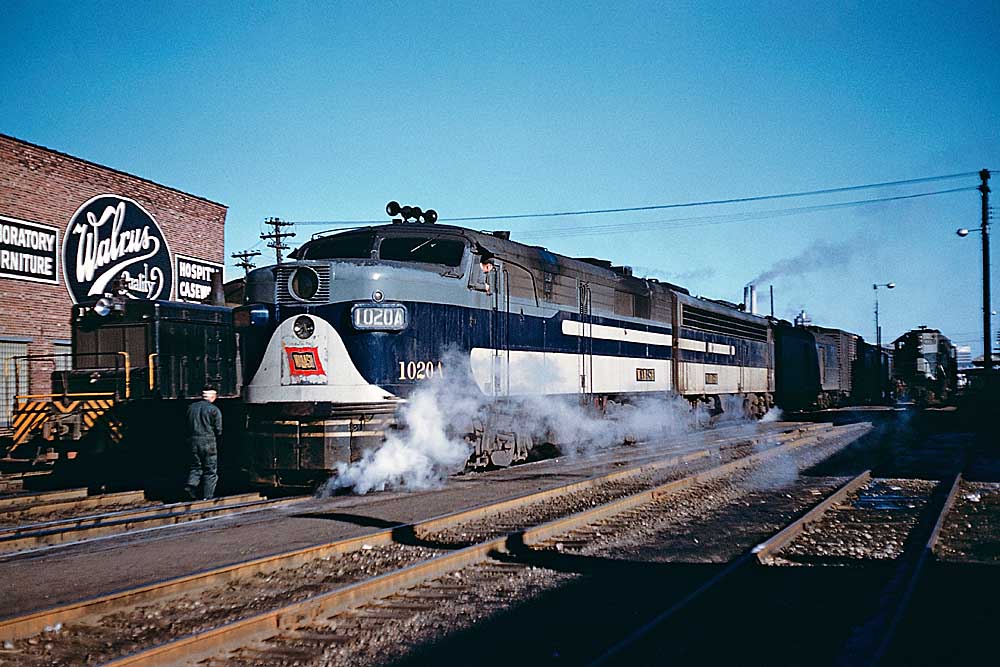
Wabash locomotives were distinctive in both steam and diesel eras. After depending on more than 150 2-8-2s for freights that succeeded typical smaller types, Wabash in 1930 received 50 handsome 4-8-2s and 4-8-4s (25 each) from Baldwin. Perhaps more remembered were seven 4-6-4 Hudsons, rebuilt at Decatur from unsuccessful three-cylinder Mikados in the […]
Read More…
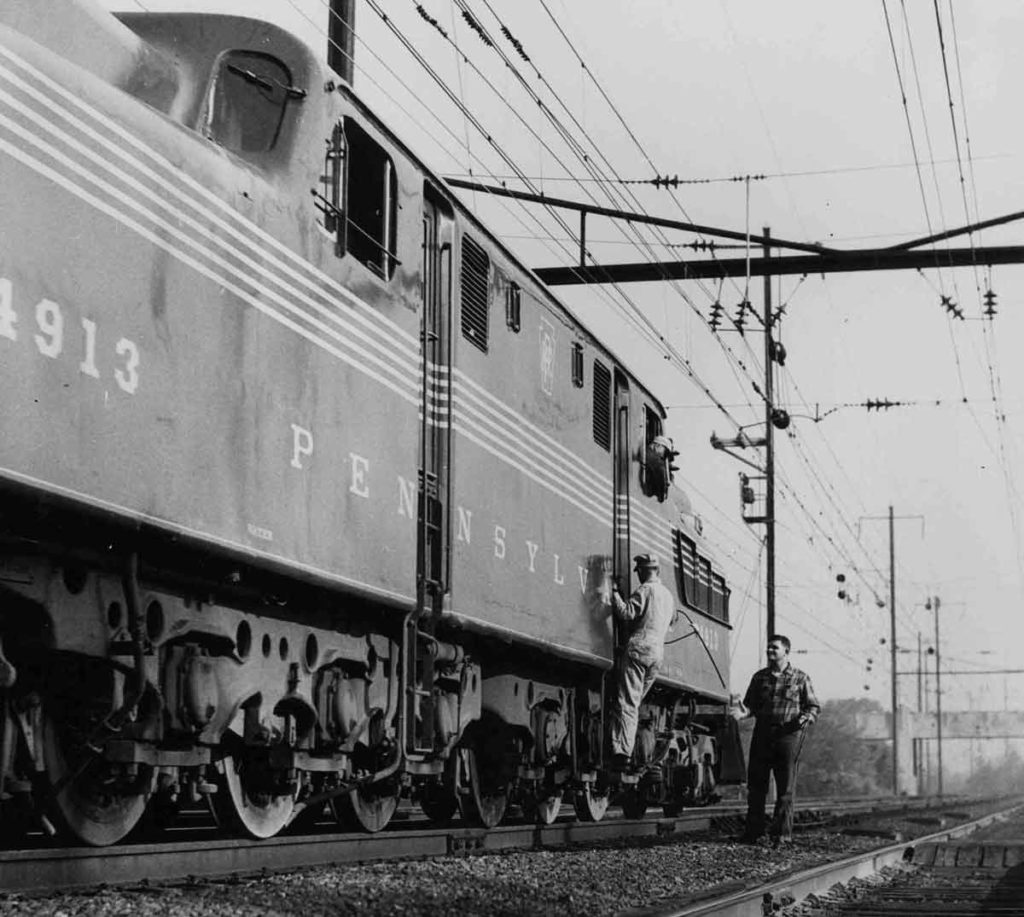
The fireman of Pennsylvania Railroad GG1 4913 has descended the cab-side ladder to snag a train-order hoop from the operator at Odenton, Md., in October 1953. A blocked track ahead at Baltimore has necessitated orders for the Tuscan red electric, which today is preserved at the Altoona Railroaders Memorial Museum. H. N. Proctor photo […]
Read More…
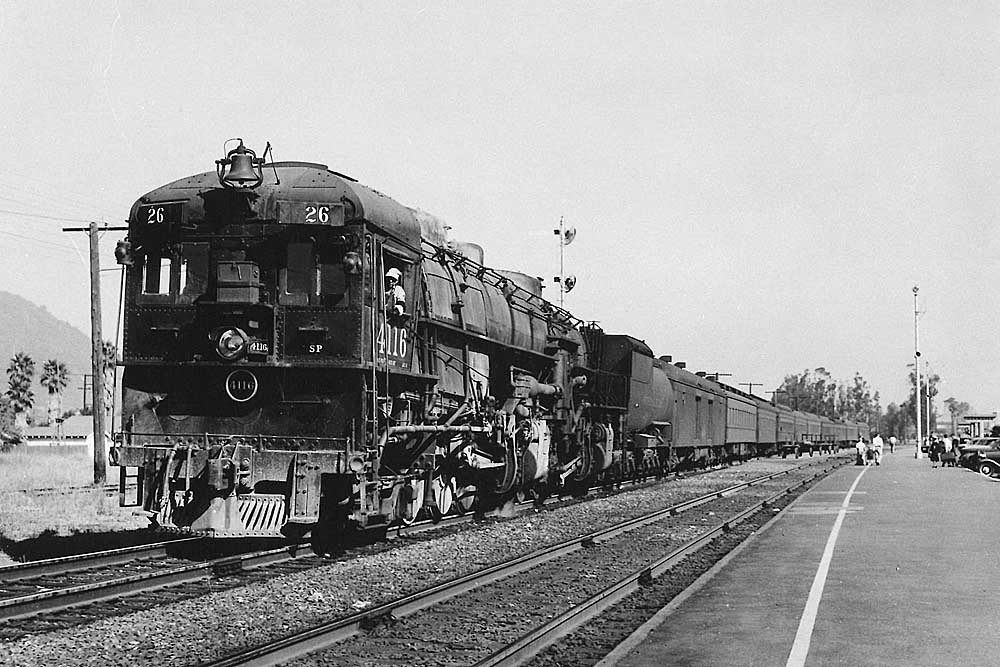
Almost every railroad has its “other” passenger train. You know, the lesser known one usually received far less press. The one that deviated here and there from the timetable of the premier train that plied the route. Thumb through a company history and you soon realize Southern Pacific had lots of them. Almost […]
Read More…
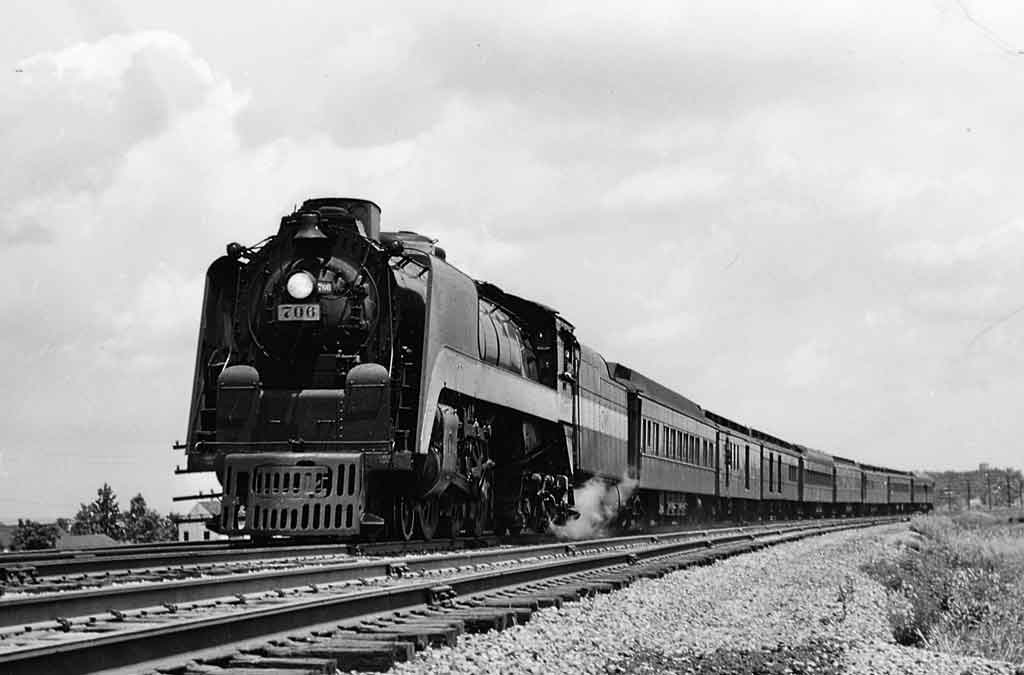
Wabash Railway passenger trains: All through January 2024, Classic Trains editors are celebrating the history and heritage of the Wabash. Please enjoy this photo gallery of Wabash Railway passenger trains, originally published online in May 2019. […]
Read More…












